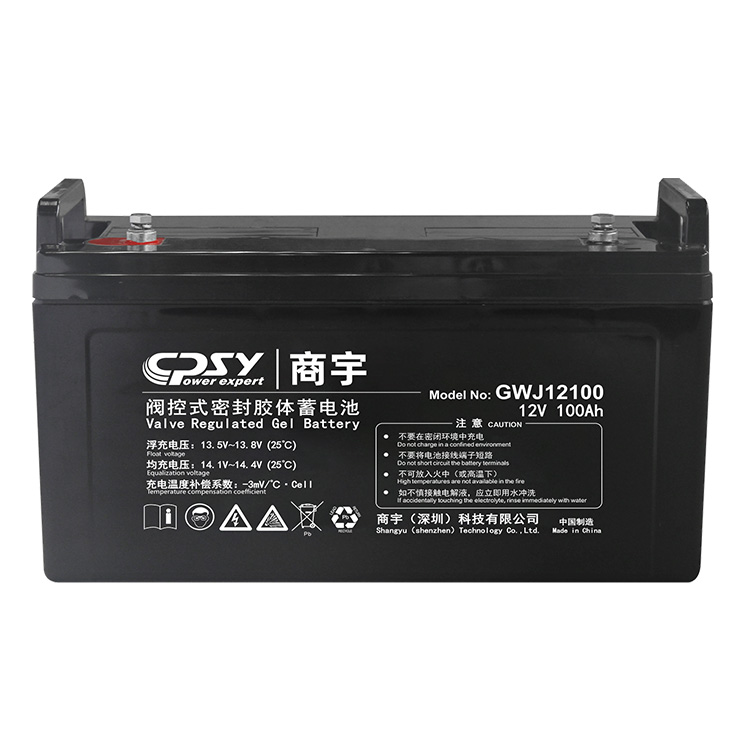Overview of PV Inverter and Energy Storage
2024-04-19
Photovoltaic (PV) inverters and energy storage systems are key components of renewable energy systems, particularly in solar power installations. Here's an overview of each:
1. PV Inverter:
- A PV inverter, also known as a solar inverter or grid-tied inverter, is a device that converts the direct current (DC) electricity generated by solar panels into alternating current (AC) electricity suitable for use in homes, businesses, or the utility grid.
- PV inverters are essential for connecting solar PV systems to the electrical grid, allowing the generated solar power to be used locally or exported to the grid for credits or revenue.
- Types of PV inverters include string inverters, microinverters, and power optimizers, each with its own advantages and applications.
- String inverters are commonly used in residential and commercial installations, converting DC power from multiple solar panels connected in series (a string) into AC power.
- Microinverters are installed on individual solar panels, converting DC power at the panel level, which can improve system performance in shaded or mismatched conditions.
- Power optimizers are installed at the panel level and maximize energy harvest by performing maximum power point tracking (MPPT) and optimizing the DC voltage before it reaches the string inverter.
- PV inverters may also include monitoring and communication capabilities to allow for remote monitoring of system performance and troubleshooting.
2. Energy Storage Systems:
- Energy storage systems (ESS) store excess energy generated by renewable sources like solar or wind power for later use, providing flexibility, resilience, and energy independence to the grid or individual users.
- Common types of energy storage systems include batteries (such as lithium-ion, lead-acid, or flow batteries), flywheels, and pumped hydro storage.
- Battery energy storage systems (BESS) are the most widely used for residential, commercial, and utility-scale applications due to their scalability, efficiency, and declining costs.
- BESS can be integrated with PV systems to store excess solar energy during the day for use during periods of low solar generation or high electricity demand, such as evenings or cloudy days.
- Energy storage systems provide various benefits, including load shifting (shifting energy consumption from peak to off-peak periods), grid stabilization (providing frequency regulation and voltage support), backup power during outages, and reducing reliance on fossil fuels.
Integration of PV inverters and energy storage systems enables the optimization of solar power generation, enhances grid stability, and provides backup power in case of grid outages. This combination is increasingly important as renewable energy penetration grows and the need for flexible, resilient energy systems becomes more critical.



